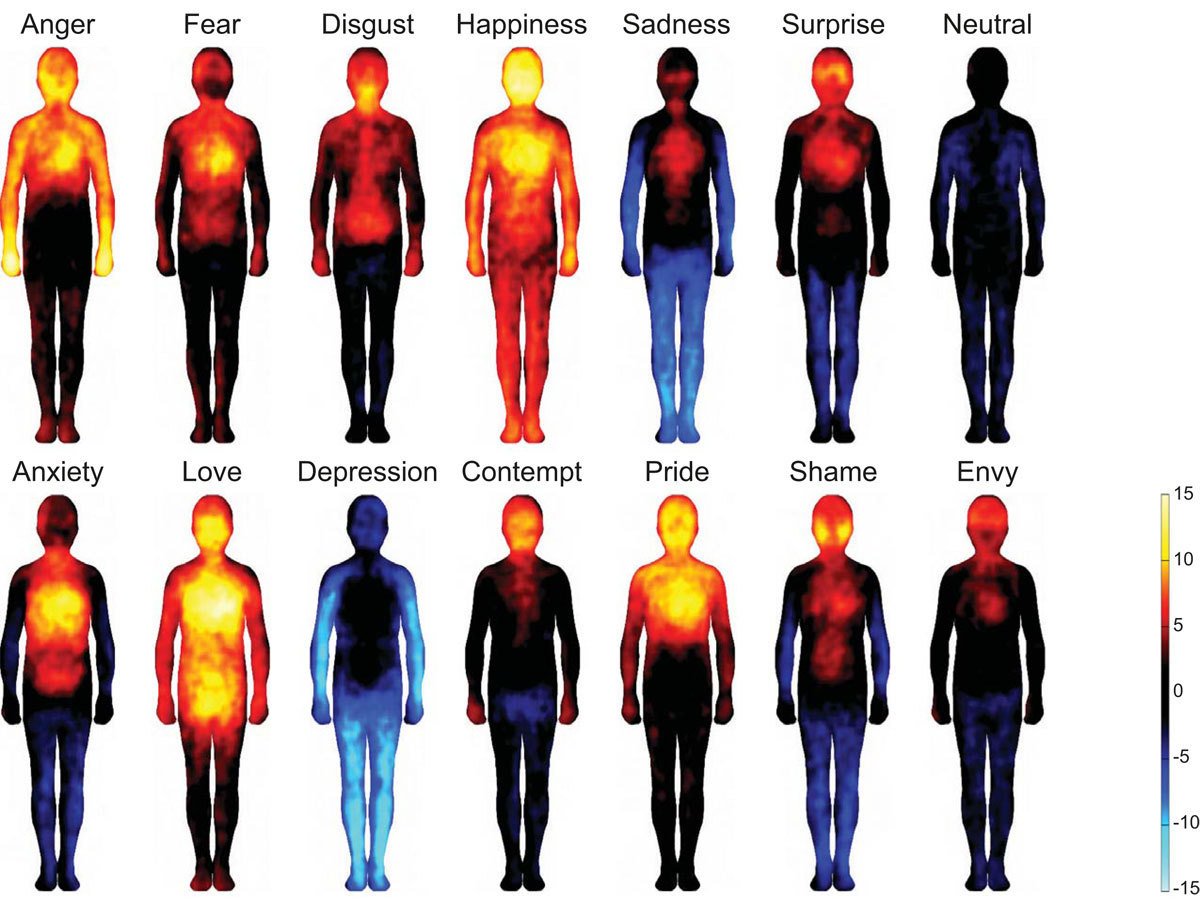To Become More Present, Practice Noticing Where Your Attention Is Instead Of Trying To Calm Down
Everyone is already mindful, but we could all use a little more practice.
Emotional Questions for People With Strong Feelings Who Want To Practice Taking Them Less Personally
Asking different questions leads to different responses.
How Being Habitually Curious About What You Feel Can Reduce Distress
Being more curious about body sensations might pleasantly surprise you sometimes.
Willing to Pause and Feel
Mindfulness doesn’t provide some kind of magical exemption from discomfort. Not at all. It's actually the opposite. It means when practiced consistently—with or without meditation—we can sometimes change the degree to which we fight against some present discomfort.
Feeling Better
It wasn’t until I stumbled clumsily toward a daily mindfulness practice in my mid-thirties that I discovered that there were ways I could get better at feeling my feelings.
Before intentionally working on my attentional skills, I had no idea how often I escalated my unpleasant feelings and zipped past the pleasant and subtler ones.
The kind of self-awareness that mindfulness exercise develops has helped me become more objective about my subjective experiences.
Too Strong
First, you must let your heart
be broken open
in a way you have never
felt before,
cannot imagine.
Dorothy Walters
Focus on Emotionally Neutral Spots
"Although emotional sensations can arise anywhere in the body, they are much more likely to arise in the belly, chest, throat, or face. These are the emotional hotspots in the body, the regions where emotional sensations can get huge. That means that other areas are much less likely to host gigantic emotional sensations, which turns out to be a useful and convenient thing."
Michael Taft
Feel Your Feelings for a Few Seconds
Thinking your way through unpleasant emotions takes time while a single repetition of any mindfulness exercise only takes a few seconds. The skills of attention strengthened by mindfulness practice enhance both the resolving of unpleasant emotions and the acceptance of them.
The Taste of Embarrassment
One of the things I’ve found so remarkable about the approach to mindfulness I practice and teach, is the way it has gradually, yet significantly changed the way I relate to the physicality of my emotions—including the unpleasant ones.
This Difficulty Feels Like This
Here's a great strategy from Phillip Moffitt for working with unpleasant emotions .
This difficulty feels like this
“When a difficult situation or memory arises, it is essential that you be able to self-soothe in order to respond skillfully.”
Phillip Moffitt












